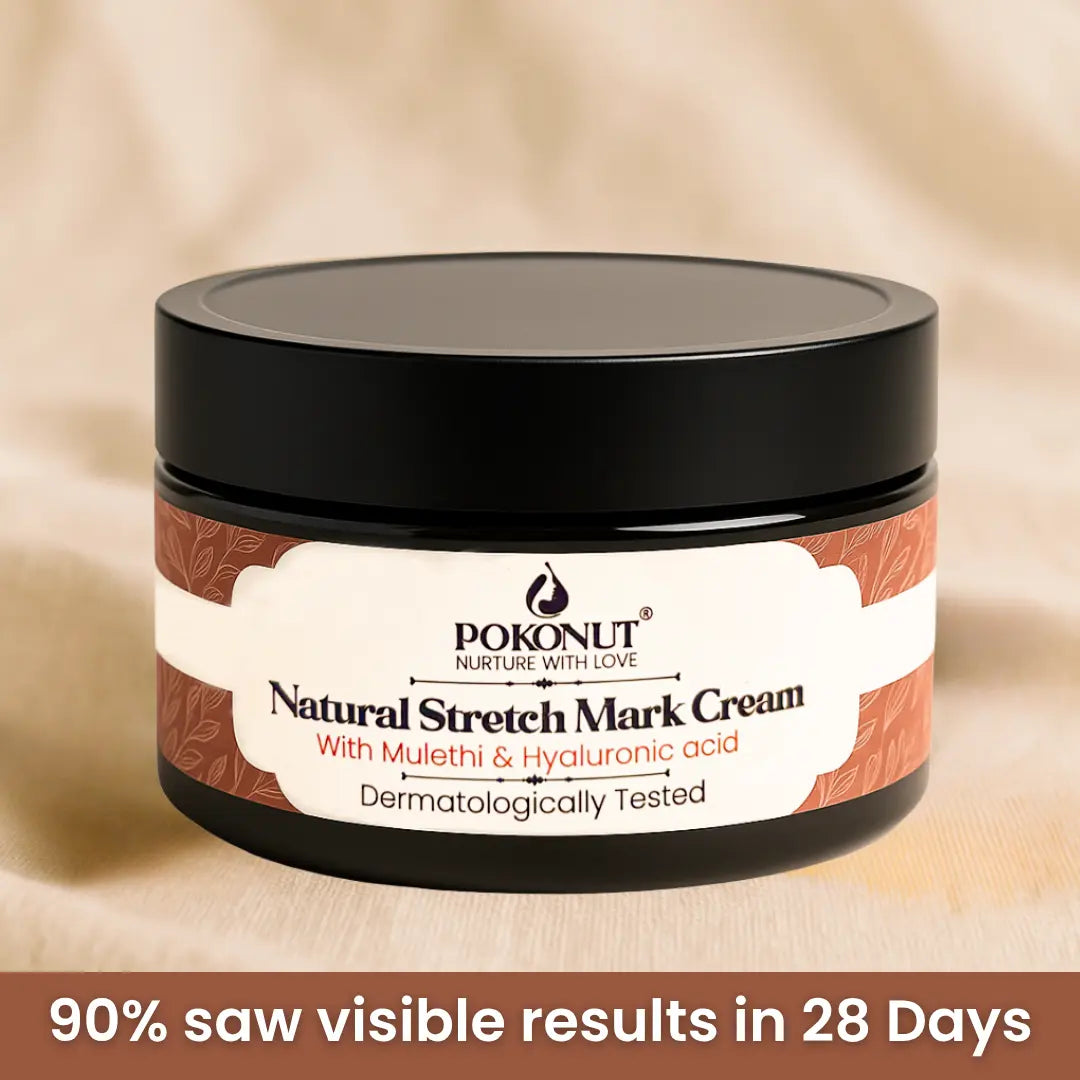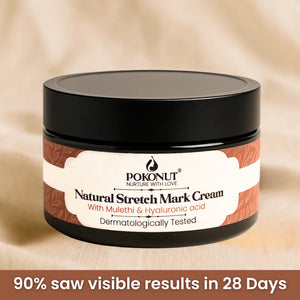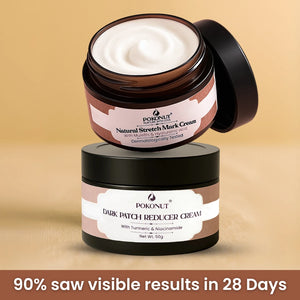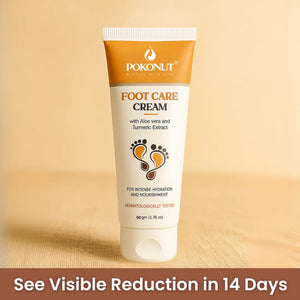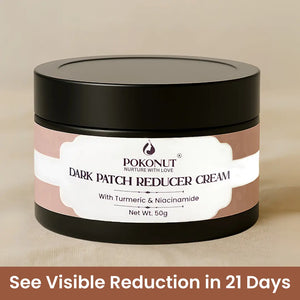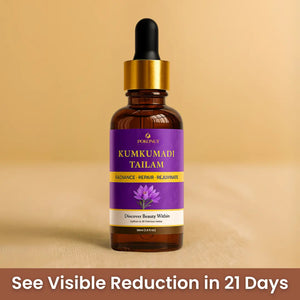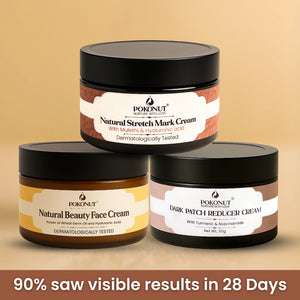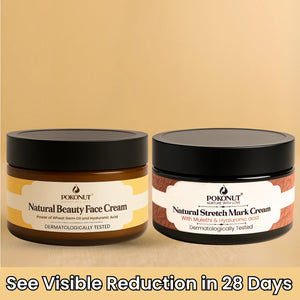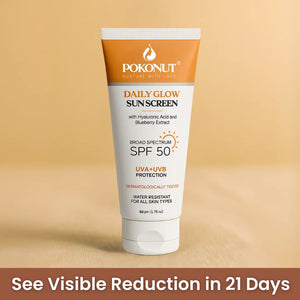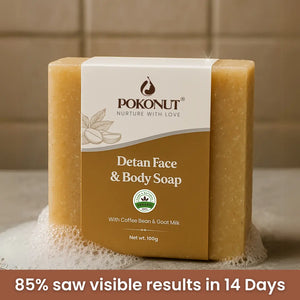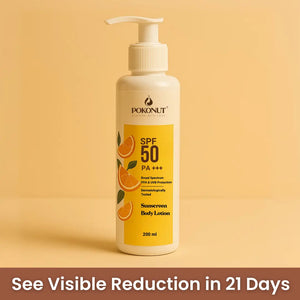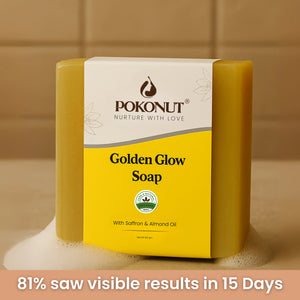Pimple or Pigment? How to Choose the Right Dark Spot Treatment

Medically Reviewed By:
Dr. Mousumi Dash, BAMS
Written by Our Editorial Team
We’ve all been there—dealing with a pimple that fades, only to leave behind a stubborn mark. Or noticing new brown patches on the face that weren’t there before. But not every dark spot is the same, and treating them the wrong way can make things worse.
This blog will help you understand the difference between acne marks (post-pimple spots) and pigmentation (like melasma or sun spots)—and how to choose the best cream for pimples and dark spots that actually works without damaging your skin.
Why All Dark Spots Aren’t the Same
Dark spots may look similar at first, but their causes are very different. That’s why the first step to treating them is knowing what type you’re dealing with.
1. Pimple Marks (Post-Inflammatory Hyperpigmentation)
These are spots left behind after a breakout. They often appear as purple, red, or brown flat marks, especially on medium to dark skin tones.
Caused by: Inflammation from acne damaging the skin and triggering melanin production.
2. Pigmentation or Melasma
These appear as larger brown or gray patches, especially on cheeks, forehead, or upper lip. Melasma is often symmetrical and more common in women.
Caused by: Hormonal changes (like pregnancy or birth control), sun exposure, or genetics.
3. Sunspots / Age Spots
Small, flat, brown marks that tend to show up slowly over time, mostly due to unprotected sun exposure.
Caused by: Long-term UV damage.
How to Pick the Best Cream for Pimples and Dark Spots
Not all dark spot creams are designed to treat both acne marks and pigment patches. Some are too harsh. Some only treat surface issues. And others might contain ingredients that bleach or irritate the skin.
Here’s what to look for if you want a cream that handles both pimple scars and pigmentation safely and effectively:
|
What to Look For |
Why It Matters |
|
Niacinamide |
Reduces inflammation and fades acne marks gently |
|
Kojic Acid |
Targets melanin buildup and lightens sun-induced pigmentation |
|
Licorice Root |
Calms irritated skin and fades dark patches over time |
|
Bakuchiol |
A natural retinol alternative that helps with both scars and tone |
|
Non-comedogenic formula |
Prevents new breakouts while treating existing spots |
Why Pokonut’s Cream Works for Both Pimples and Pigmentation
Pokonut’s best cream for pimples and dark spots is specially made for skin that deals with both acne marks and uneven tone. It’s gentle, non-greasy, and perfect for daily use.
Why people love it:
-
No bleaching agents or strong acids
-
Works on old acne scars and melasma patches
-
Doesn’t clog pores or cause breakouts
-
Ideal for Indian skin and suitable for all skin types
It’s one of those products that actually simplifies your skincare routine—no need for multiple creams.
Real Experiences Matter
Still unsure if it’ll work for you? Take a look at Pokonut Dark Spot Removal Cream Reviews where real users share how it helped fade both acne spots and stubborn pigmentation.
Reading genuine feedback helps you understand how the product works on different skin concerns and skin tones.
Personal Note: What Helped Me
For years, I used random acne creams that dried out my skin but never really fixed the marks. When I switched to a routine that focused on hydrating + treating gently, that’s when I noticed real results.
The turning point? Finding one product that handled both pimples and pigmentation without making my skin worse.
Daily Routine to Get the Best Results
Consistency is everything. Here’s a simple skincare routine to follow when using a dark spot cream:
-
Cleanse gently – avoid harsh face washes
-
Apply a pea-sized amount of dark spot cream
-
Use at night (after cleansing, before moisturizer)
-
Always use sunscreen during the day
-
Don’t mix too many active ingredients at once
Stick to this for at least 4–6 weeks before expecting visible changes.
Mistakes to Avoid
Treating the wrong type of spot with the wrong ingredient can do more harm than good. Here's what not to do:
-
Don’t scrub acne marks—it makes them darker
-
Don’t use bleaching creams—they can damage skin permanently
-
Don’t mix too many actives—this increases irritation
-
Don’t skip sunscreen—it undoes all the progress
Final Thoughts
Dark spots can be frustrating—but understanding what type of spot you have is the first step to treating it right. Whether it's from a pimple or deeper pigmentation, the key is using a product that’s gentle, safe, and effective.
Pokonut’s best cream for pimples and dark spots was made to do exactly that—treat both types of marks without harsh ingredients or complicated routines.
Simple care. Real results.
FAQs
1. Can one cream treat both acne marks and pigmentation?
Yes. A well-formulated cream with ingredients like niacinamide, kojic acid, and bakuchiol can address both acne scars and dark patches effectively.
2. How long does it take to see visible improvement?
Most people see changes in 4–6 weeks with consistent use. Deeper pigmentation like melasma may take longer.
3. Is it suitable for oily or acne-prone skin?
Yes. The Pokonut dark spot cream is non-comedogenic and safe for breakout-prone skin.
4. Can I use it during the day?
It’s best used at night. If you use it during the day, always apply SPF 30 or higher after.
5. Will it make my skin peel or burn?
No. This cream contains no harsh acids or bleaching agents, so it won’t cause irritation when used correctly.
About Doctor :

